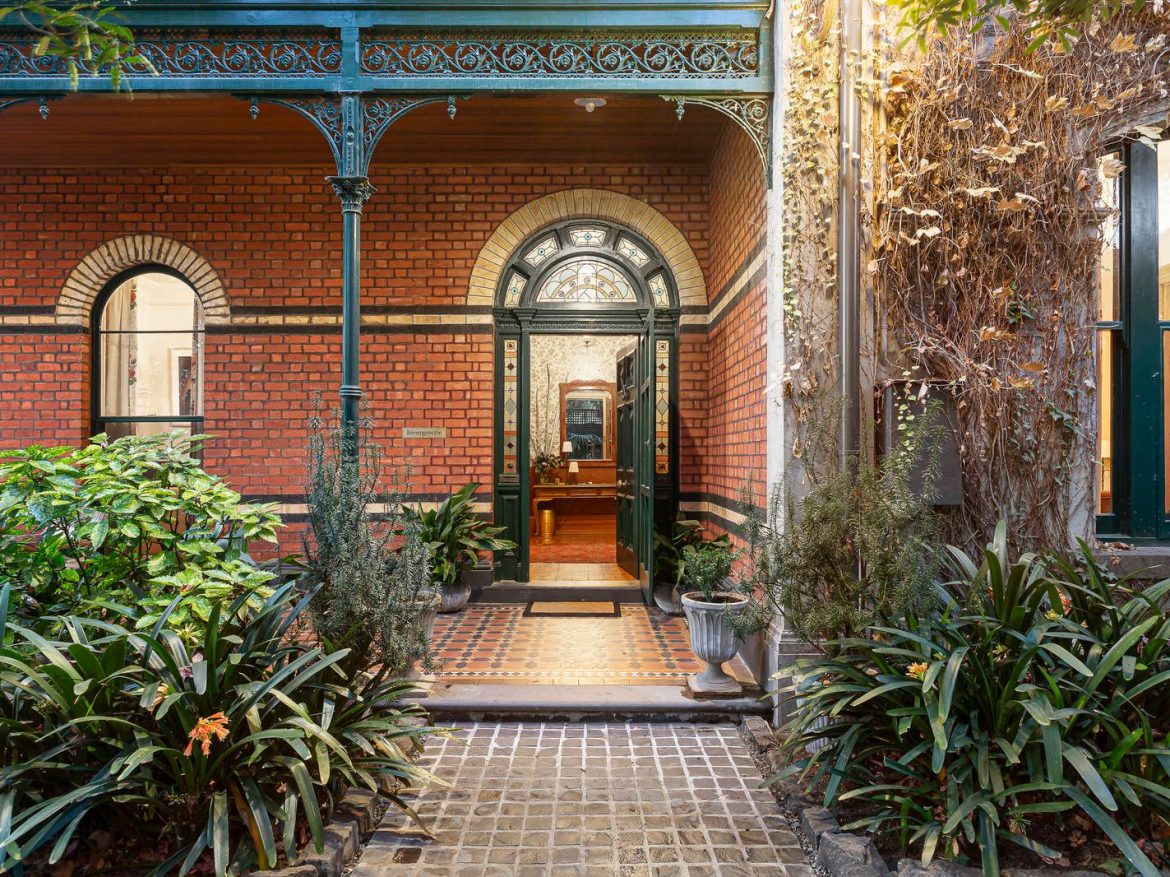Despite COVID-19 lockdowns and border closures putting a damper on activity in many Australian cities, it appears top-shelf, inner city living is still a major drawcard for house hunters, particularly in Melbourne.
A city known for its nightlife, foodie culture and cosmopolitain atmosphere, metropolitan Melbourne has never been less vibrant than during its current stage four lockdown – but while the city endures its most challenging time with a health report card that is poor, its spring property report card is more positive.
- Use the interactive below to see how well your suburb has performed over the past 12 months
The Victorian capital joins Adelaide in dominating a list of the 10 most in-demand postcodes for house hunters in the 12 months to August 2020, according to data from realestate.com.au. The results are based on ‘high intent’ buyer activity on the site, including the number of visits to a listing, looking at photos on a listing multiple times, saving and sharing the property, and enquiring with the agent.
The strong results for Melbourne highlight how well the city’s property market was recovering pre-pandemic, according to realestate.com.au’s executive manager of economic research, Cameron Kusher.
“It really highlights that, before COVID at least, there was really strong demand in those inner city areas of Melbourne,” Mr Kusher said.
Four inner city Melbourne suburbs featured in the top ten, including the blue-chip enclaves of South Yarra and Toorak taking out first and third places respectively, while Hawthorn and Northcote claimed sixth and ninth spots.
“Although COVID is impacting the market and may change trends longer term, at the moment the lure of the inner city market remains strong,” said Mr Kusher.
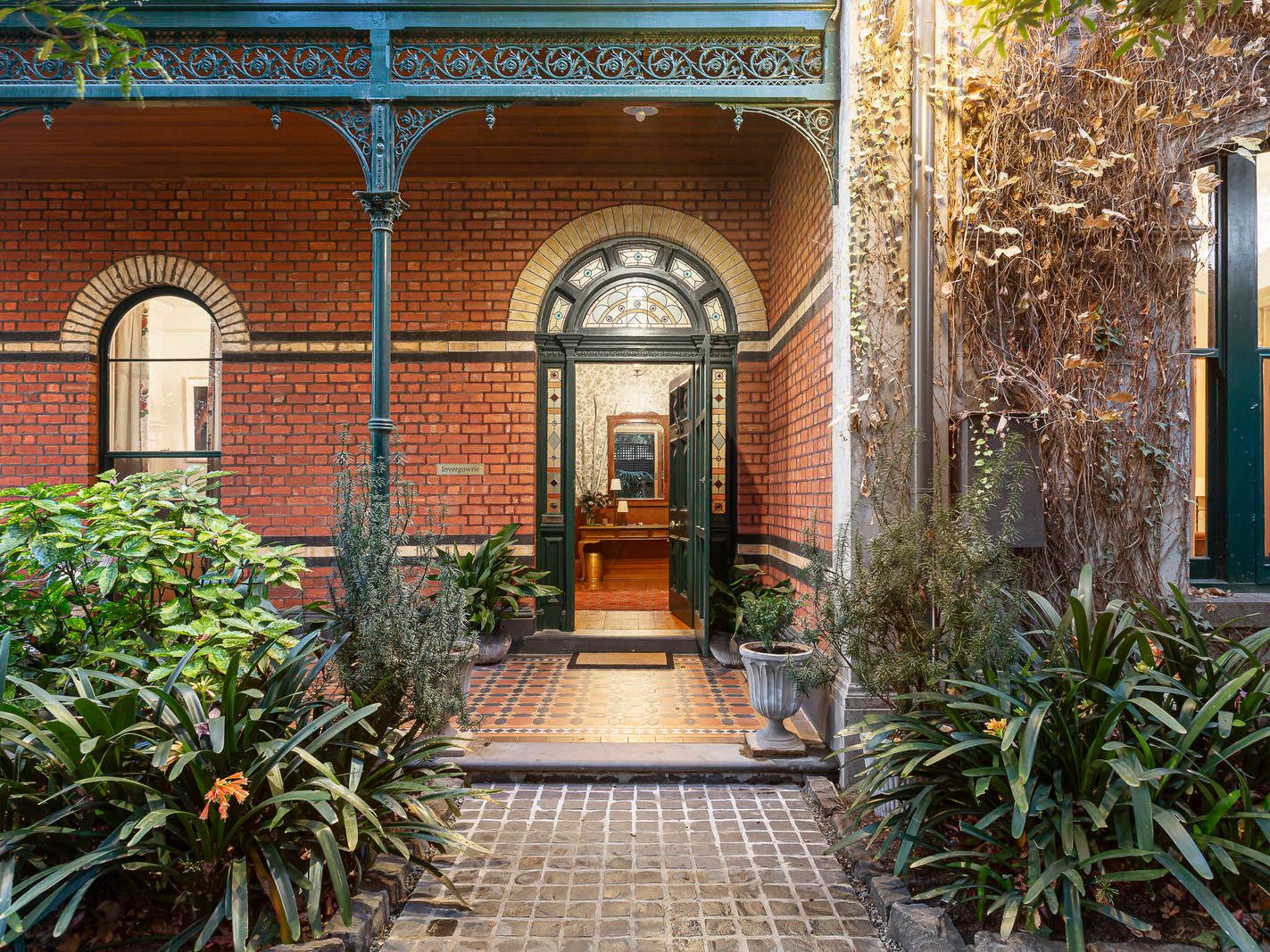
The blue-chip enclave of South Yarra in Melbourne is the most in-demand suburb across Australia. Picture: realestate.com.au/buy
Jack Edgar, sales assistant at RT Edgar, Toorak, described South Yarra as a “perfect little pocket” on Melbourne’s CBD fringe.
“You’ve got Fawkner Park and the Botanical Gardens on either end, some amazing properties and really good food and wine all down Toorak Road and Chapel Street,” Mr Edgar said.
“There’s a broad range [of properties]…the ’60s flats scattered all around that do really well…the pocket around the Prahran Market with all the little single fronted Victorian houses…I think that’s what makes it such an interesting suburb.”
Meanwhile, the outer Melbourne suburbs of Belgrave, Park Orchards and Warrandyte also ranked in the top ten national list. The Adelaide suburbs of Stirling, Aldgate and Belair were the only other postcodes to feature in the national top 10 for houses.
In terms of the most in-demand suburbs nationally for units, nine Canberra suburbs dominated the top 10, including Phillip, Belconnen and Gungahlin taking out the first three spots, which is “not at all surprising,” according to Mr Kusher.
“There’s a very low unemployment rate in the ACT and it does tend to be a bit more of a transient population. So, whether [the high level of demand] is actually investors looking to buy a property in the ACT or maybe someone that’s going to live there for five or 10 years,” he said.
When looking at the most in-demand suburbs for houses state-by-state, it’s clear that securing an inner city home in a premium market is also a top priority for home buyers. However, buyers in some cities showed a preference for coastal areas within commuting distance to the city, such as Wamberal on the New South Wales Central Coast, which was the most in-demand suburb for greater Sydney.
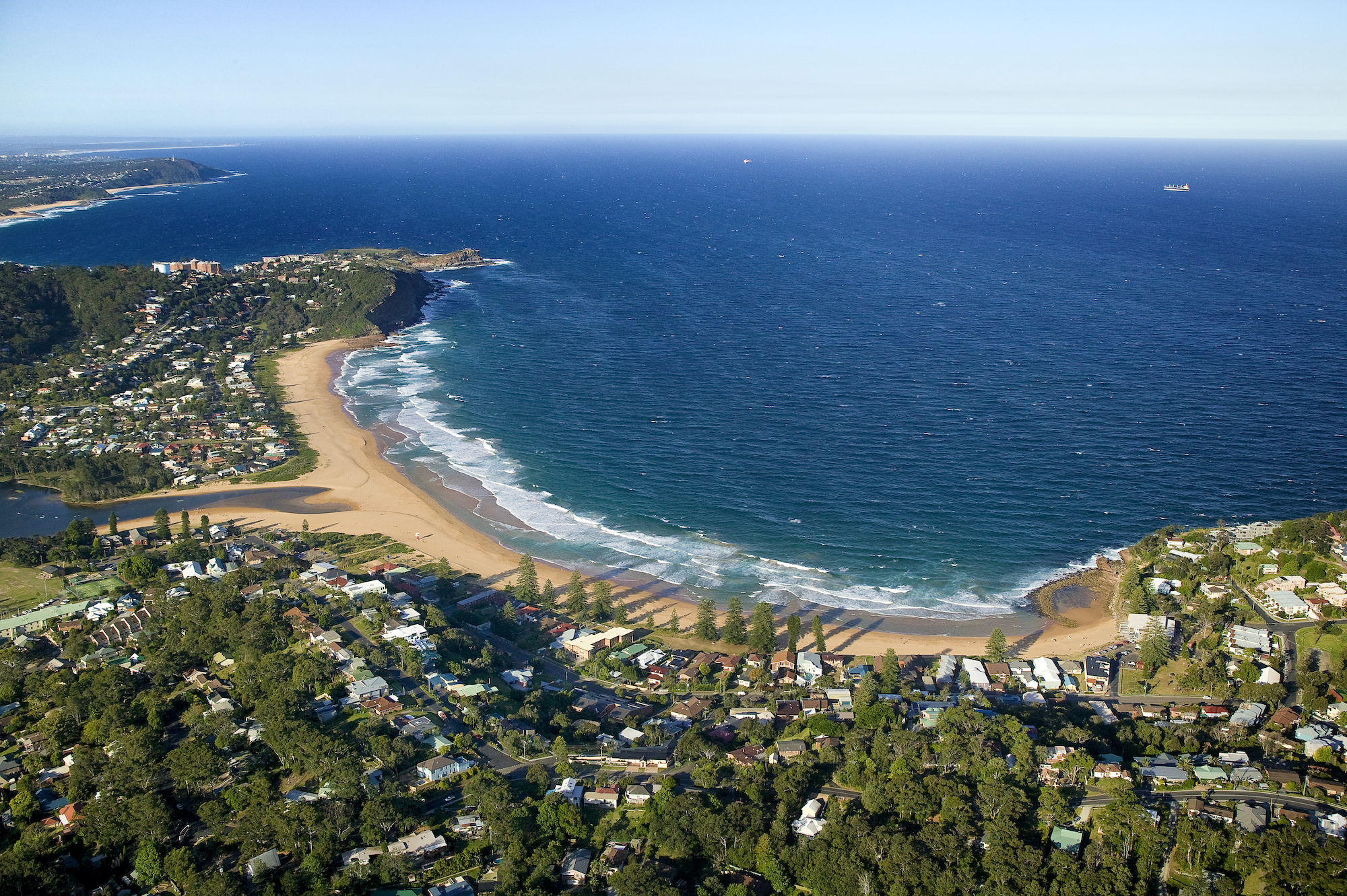
Sydney home buyers are heading for the Central Coast for the best of both worlds. Picture: Getty
“Many home buyers looking for a beachside property have been priced out of coastal areas in Sydney itself, but in places like Wamberal on the Central Coast you can get more bang for your buck and still be able to commute to Sydney for work,” Mr Kusher said.
The top three most in-demand suburbs for Sydney were in coastal areas, with Newport and North Narrabeen claiming second and third places respectively.
Sydney buyer’s agent Rich Harvey said suburbs in Sydney’s Northern Beaches offer “the best of both worlds”.
“North Narrabeen used to be considered a long way for city commuters…but now with COVID and working from home, those areas are considered highly attractive lifestyle suburbs,” Mr Harvey said.
“The high amenity, the fantastic lifestyle…North Narrabeen has one of the best surf breaks in Sydney.”
In the other states and territories, South Yarra took out top spot for the most in-demand suburb for houses in Melbourne, Coorparoo notched first place for Brisbane, Yarralumla was Canberra’s most in-demand suburb, Sandy Bay ranked at number one for Hobart and Leanyer took out first place in Darwin.
The most popular suburbs for units at a state level were the inner city suburbs of Kirribilli (Sydney), Chadstone (Melbourne), Paddington (Brisbane), North Perth (Perth), Norwood (Adelaide), Lawson (Canberra), Sandy Bay (Hobart) and Stuart Park (Darwin).
What suburbs experienced the biggest growth in demand?
In a seperate analysis looking at the suburbs with the biggest year-on-year growth in demand for houses nationally, the ACT suburbs of Torrens, Yarralumla and Macquarie took out first, second and fourth places respectively, while Dharruk and Macmasters Beach in greater Sydney came in at numbers three and five.
Mr Kusher said the results speak to how well the ACT’s housing market has held up over the past year.
“It tends to be a market that doesn’t really boom and doesn’t really bust, it doesn’t get those cycles like you see in most other capital cities,” he said, adding that steady employment linked to the public service is also a major supporting factor.
Geraldine Collison of Luton Properties, Manuka, said Canberra’s property market has been in “a protected bubble” during the health crisis.
“Not many jobs are challenged [in the ACT], most people have a steady income unlike Sydney and Melbourne where people are really struggling if they’re in hospitality or media or the arts…I don’t know anybody in Canberra who has actually lost their job,” Ms Collison said.
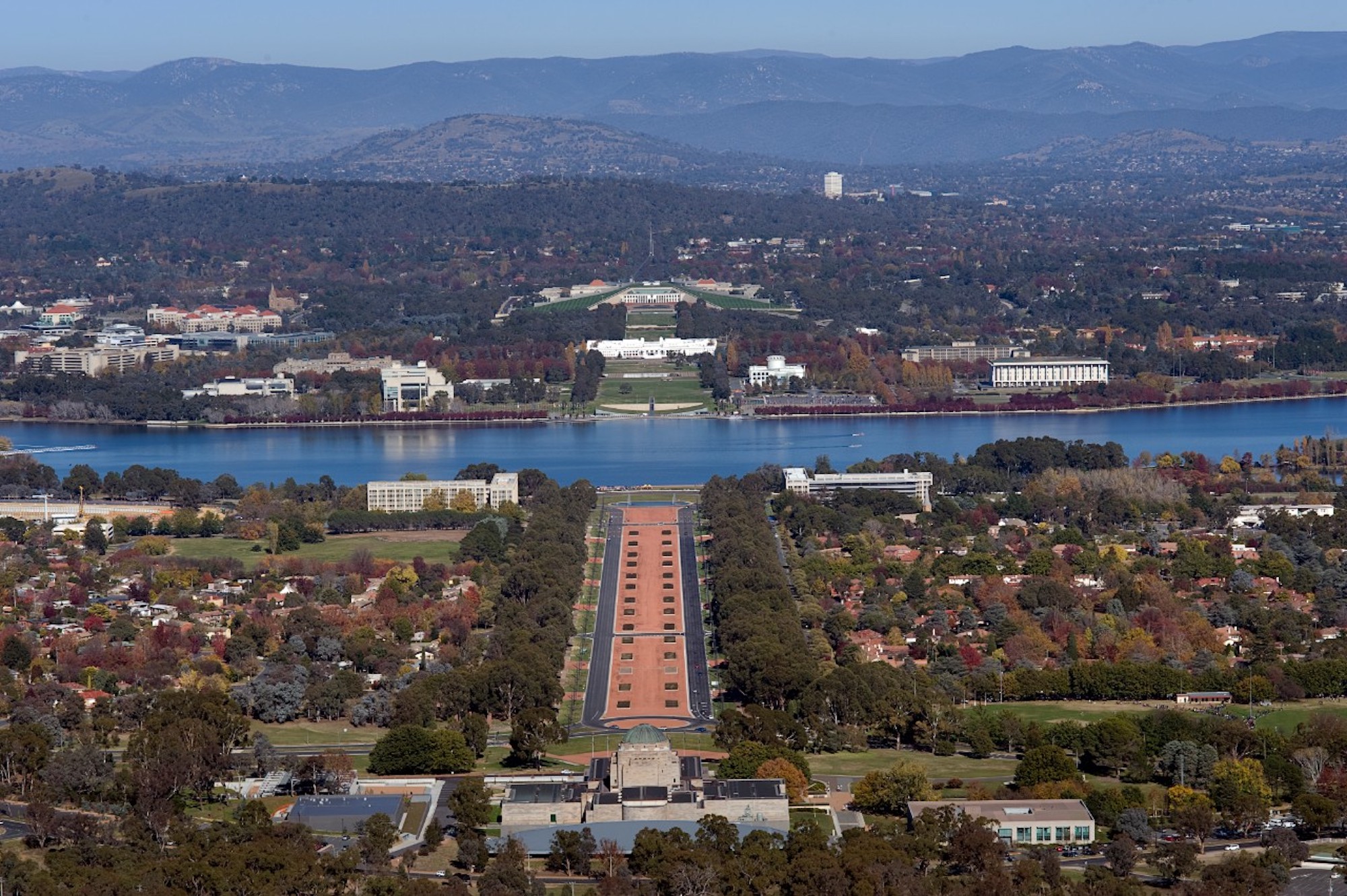
Canberra suburbs dominated the top 10 list of the most in-demand suburbs for unit buyers. Picture: Getty
She added that an imbalance of supply and demand has also played a big part in keeping Canberra’s property market buoyant.
“Because of COVID, nobody is thinking, ‘gee it’s a great time to pick up the phone and ring Geraldine to sell my house’…we have less stock on the market and an enormous amount of buyers,” she said.
Suburbs in Canberra’s inner south, like Yarralumla, which experienced a whopping +201% jump in demand, boast median house prices around the $1.5 million mark. This is in stark contrast to a median of $517,300 in Dharruk, in Sydney’s west, which experienced the third biggest year-on-year growth in demand nationally in the past 12 months.
Mr Kusher said the largest increases in demand in the national list are typically outer, more affordable suburbs.
“This speaks to a few different things, firstly the fact that lower mortgage rates are helping people enter into the market at the lower end. Secondly it points to government stimulus measures [such as HomeBuilder] leading to an increase in demand in those areas that meet the eligibility price requirements,” he said.
State-by-state, the suburbs that experienced the biggest jumps in demand for houses were Dharruk (Sydney), Clyde (Melbourne), Forestdale (Brisbane), Trigg (Perth), Glynde (Adelaide), Torrens (Canberra), New Town (Hobart) and Muirhead (Darwin).
The ACT suburbs of Moncrieff and Coombs came in at numbers one and two respectively on the national list of top ten suburbs with the greatest growth in demand for units.
The top suburbs for growth in demand for units at a state level were Kurraba Point (Sydney), Caroline Springs (Melbourne), Cannon Hill (Brisbane), Applecross (Perth), Fullarton (Adelaide), Moncrieff (Canberra), Kingston (Hobart) and Coconut Grove (Darwin).
Where did properties sell the quickest?
When it comes to the suburbs where properties spent the least time on the market in the past year, the results are different again.
Houses in Point Clare, on the New South Wales Central Coast, sat for a median of 15 days on the market before being snapped up by hungry buyers. Mr Harvey said that result is unsurprising given the beachside suburb’s affordability and proximity to Sydney, as well as being close to the hub of Gosford.
The remaining four postcodes to make the top five national list for houses were the outer city suburbs of Parkside in Adelaide, Niagara Park in Sydney, Viewbank in Melbourne and Lower Mitchum in Adelaide. Houses in these suburbs all sat on the market for a median of 17 days.
Units in the waterside suburb of Sandy Bay in Hobart sold faster than anywhere else in the country in the past 12 months, spending a median of 17 days on the market. Sandy Bay also claimed third spot in Hobart’s top five suburbs where houses sold the quickest with a median of 26 days on the market.
Jane Chen, property consultant at Petrusma Property, Sandy Bay, said the “pretty” suburb is popular amongst young people and first-home buyers because it’s close a major university, restaurants and night life. She said while houses are quite expensive in the area (median $955,000), units are more affordable for young people with a median price of $550,000.
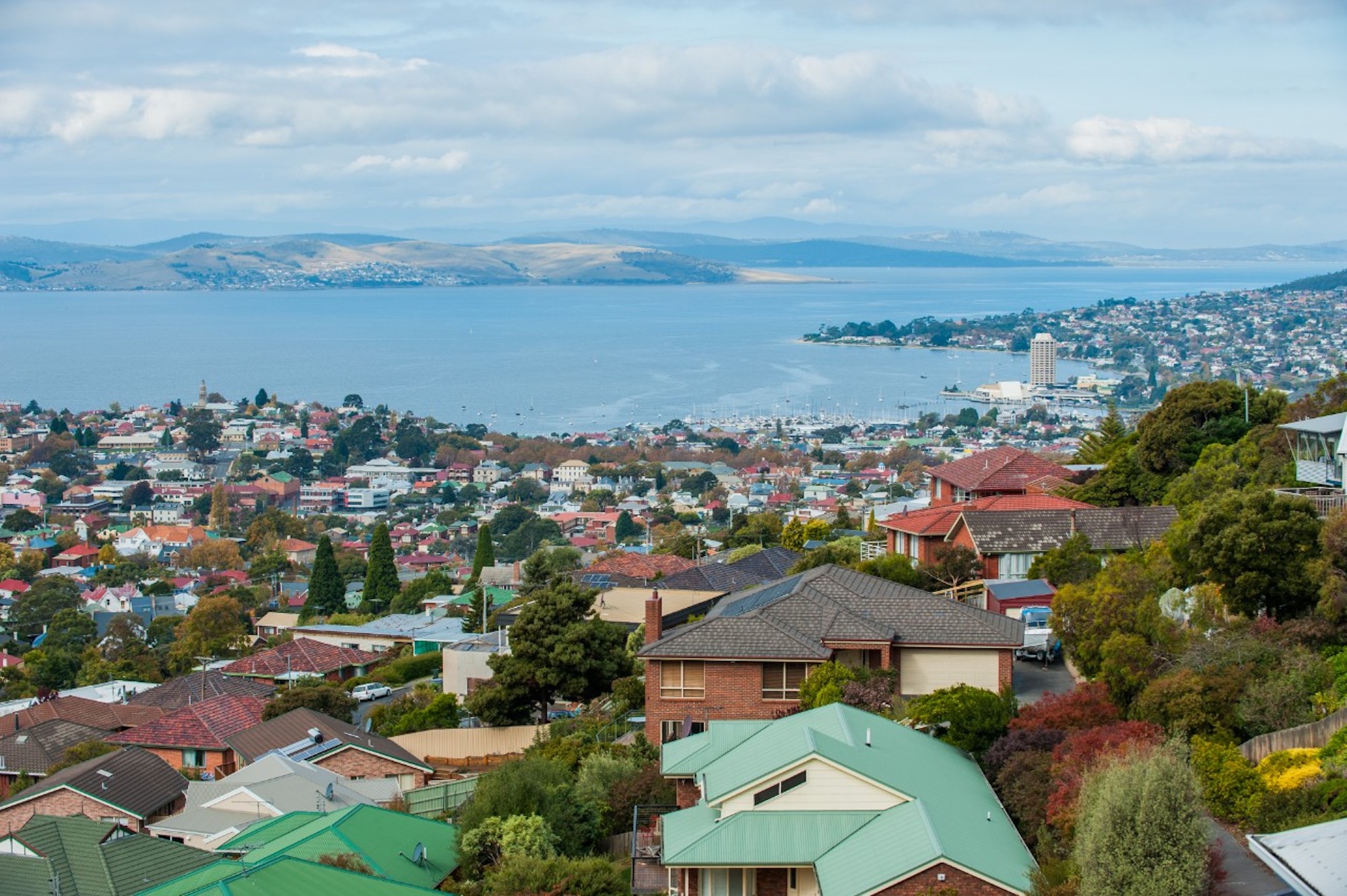
Hobart’s Sandy Bay is popular amongst first-home buyers and investors alike. Picture: Getty
“Many buyers are investors from interstate because the units [in Sandy Bay] are rented out at a high price, they get a good return,” Ms Chen added.
The remaining four postcodes that saw units sell quicker than anywhere else in the country were Point Frederick in Sydney (17 days), Dundas in Sydney (20 days), Sunbury in Melbourne (21 days) and Bellerive in Hobart (22 days).
Where will buyers be looking in the next year?
Mr Kusher said the spring property report cards for Australia’s capital cities paint a clear picture of where markets were at leading up to the pandemic, but said it could change in the coming year.
“You might see a bit more of a push to outer, larger areas,” he said. “[In Melbourne], we’re seeing demand [over the past three months] that shows the Mornington Peninsula is holding up much better in Victoria. In Sydney, we’re finding that it’s the outer areas like the Central Coast and the outer Western Blue Mountains that are holding up as well.
“Certainly in Sydney and Melbourne, I think there will be a change when we look at it again in six or 12 months time.”
The post Spring property report cards deliver surprising results for Australian cities appeared first on realestate.com.au.

